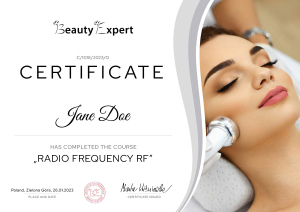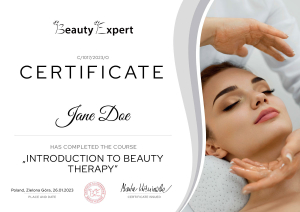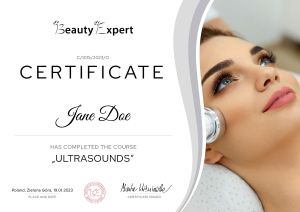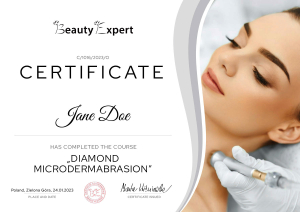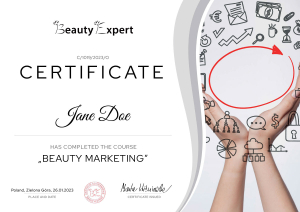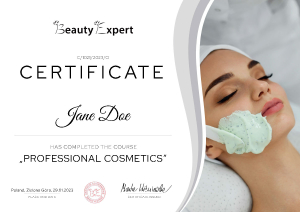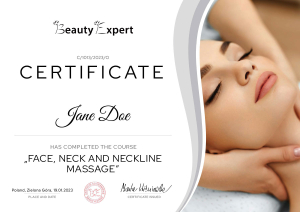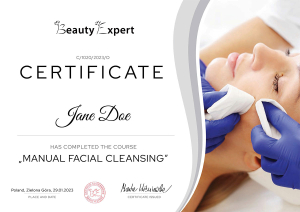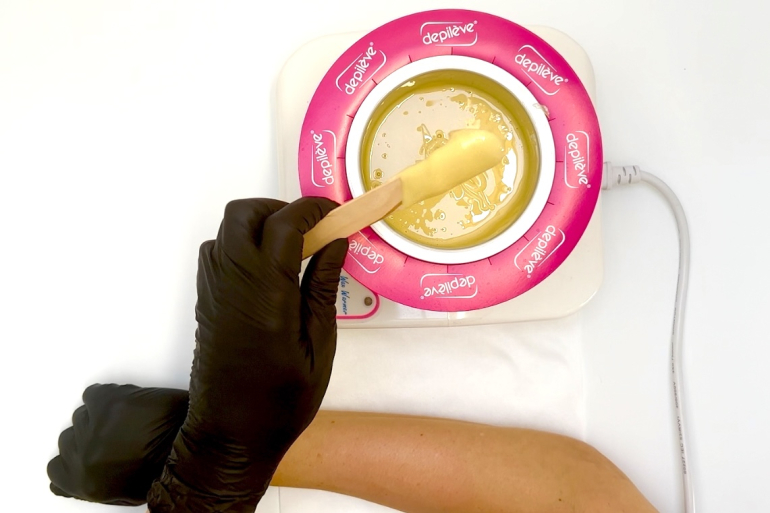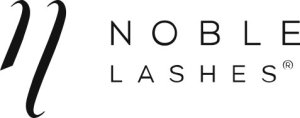If you want to grow your skills at your own pace and truly invest in your future – you’re in the right place. Thousands of students have already chosen Beauty Expert to gain beauty qualifications in their country and abroad. Our online courses now reach over 200 markets worldwide, providing access to modern beauty education – no matter where you live.
Lesson No 4
Cavitation Peeling & Ultrasoud Treatment
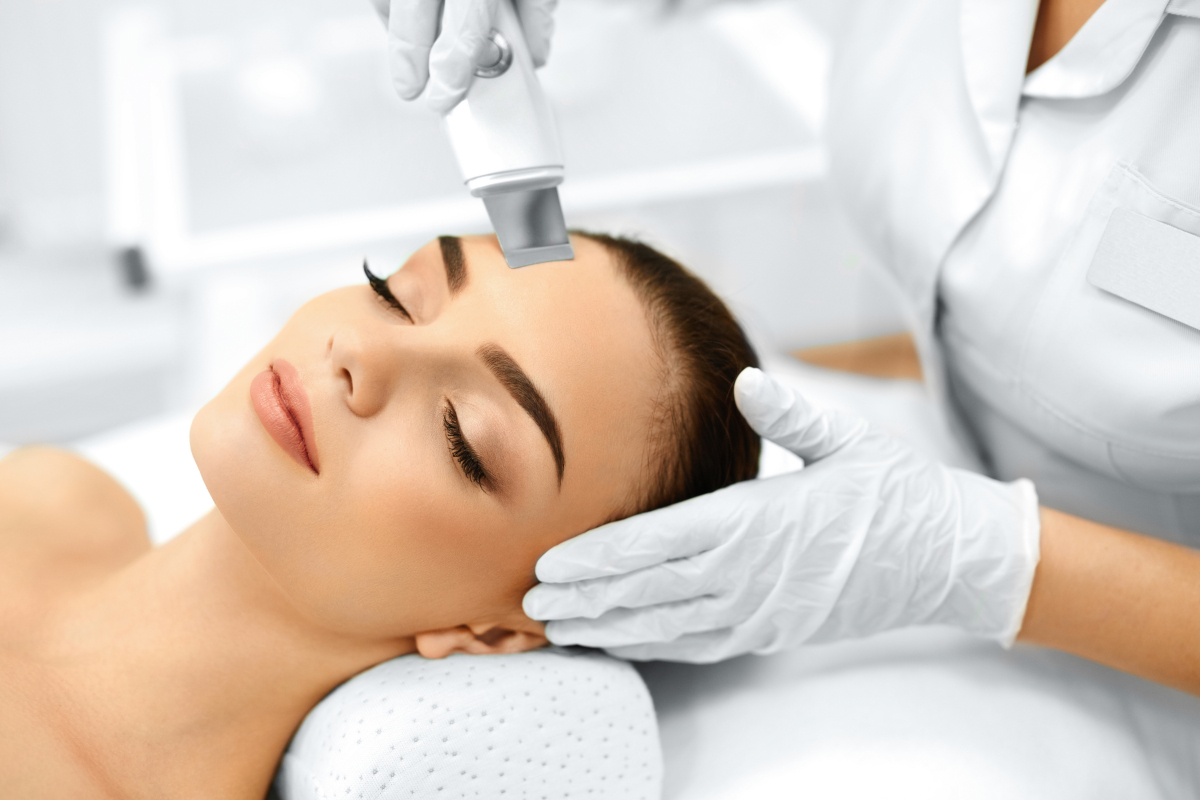
Sonophoresis & Cavitation Peeling Lesson
Ultrasound-based procedures like sonophoresis and cavitation peeling are non-invasive skincare methods using microvibrations and cavitation effects. In this lesson, you'll explore how ultrasound waves work, how to apply them, and the indications and contraindications for sound-based treatments in cosmetology. You'll also learn how to operate the devices and how to combine both techniques in a single session.
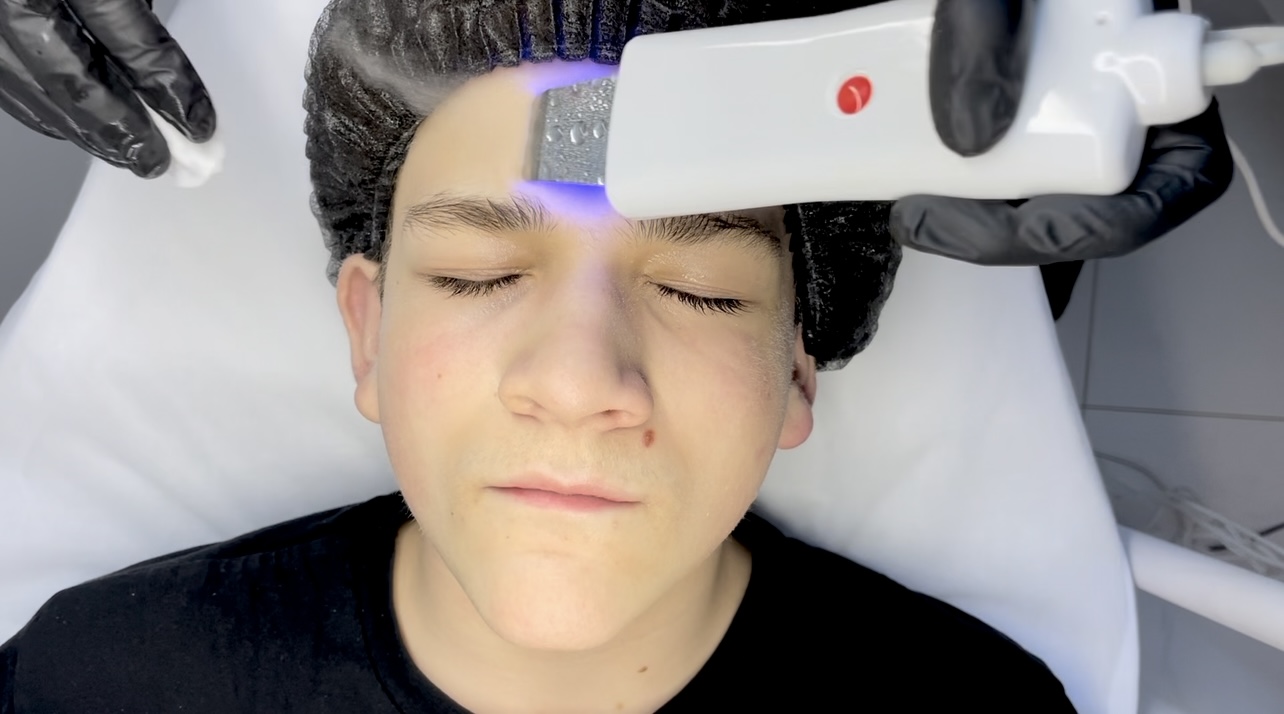
Ultrasound Therapy
What you’ll learn – theory
- Definition of ultrasound – what ultrasound waves are and how they're used in cosmetology.
- Mechanism of action – how ultrasound affects the skin, tissues, and cells.
- How ultrasound supports active ingredient delivery – the principle of sonophoresis and its applications.
- Treatment parameters – how to select ultrasound intensity, duration, and frequency.
- Conductive substances for sonophoresis – including gels, ampoules, and their active ingredients.
- Common frequencies used – and their effect on skin penetration depth.
- Treatment areas – such as the face, neck, décolleté, and other body zones.
- Cell and tissue structure – to understand the skin's response to ultrasound waves.
- Facial bone structure – essential for planning safe and effective treatments.
- Facial vascular system – to prevent irritation and optimize treatment delivery.
- Facial nerve system – to adjust treatment intensity based on client sensitivity.
- Facial muscles – to support lifting and toning effects of ultrasound.
- Skin anatomy – including how its layers respond to ultrasonic stimulation.
- Skin conditions – including both contraindications and therapeutic indications.
- Safety and hygiene – including device disinfection and hygienic work protocols.
- Ultrasound treatment products – ingredients and selection based on skin concerns.
- Contraindications – such as pregnancy, cancer, pacemakers, or active inflammation.
- Skin typing – and how to perform proper pre-treatment analysis.
- Client qualification – including consultation and skin evaluation.
- Treatment area setup – tools, hygiene products, and organization.
- Precautions – proper settings, skin reaction monitoring, and safe procedures.
- Step-by-step sonophoresis procedure – from consultation to final skincare.
- Post-treatment recommendations – including aftercare and external factor avoidance.
What you’ll learn – practice
- How to set up your workstation – with attention to hygiene and ergonomics.
- All materials required – including ultrasound devices, gels, actives, and accessories.
- How to prepare the client's skin – cleansing and applying the conductive product.
- Step-by-step ultrasound treatment – covering head movement technique, timing, and parameters.
Cavitation Peeling
What you’ll learn – theory
- Definition of cavitation peeling – a touch-free method of deep skin cleansing using ultrasound.
- Mechanism of action – how ultrasound waves in a liquid medium create microbubbles that lift away dead skin cells.
- Treatment effects – including pore cleansing, skin smoothing, brightening, and improved absorption.
- Skin condition identification – such as blackheads, bumps, pimples, and excess sebum.
- Cell and tissue structure – to understand skin regeneration after exfoliation.
- Facial bone anatomy – to guide the treatment spatula accurately.
- Facial vascular system – to avoid irritation in sensitive areas.
- Facial nerve system – for client comfort and customized treatment planning.
- Key facial muscles – to understand skin tone and muscular influence.
- Skin anatomy – with a focus on the stratum corneum and exfoliation processes.
- Skin conditions – including contraindications and therapeutic uses.
- Safety and hygiene – including equipment prep, disinfection, and client protection.
- Cavitation peeling steps – from makeup removal to aftercare application.
- Contraindications – including pregnancy, pacemakers, inflammation, and cancer.
- Skin typing – to adjust treatment intensity according to individual needs.
- Client qualification – based on consultation and visual skin analysis.
- Treatment setup – workspace organization, tools, and hygiene supplies.
- Products for cavitation peeling – conductive gels, toners, and cleansing agents.
- Step-by-step cavitation peeling procedure – including spatula technique and completion protocol.
- Combining cavitation peeling with other treatments – such as ampoules, sonophoresis, or masks.
What you’ll learn – practice
- How to prepare your workspace – focusing on hygiene, comfort, and efficiency.
- All essential tools – including cavitation devices, conductive gel, and sanitizing products.
- Client skin preparation – makeup removal, hydration, and pre-treatment application.
- Step-by-step cavitation peeling – proper spatula technique, motion, and procedure wrap-up.
Get your certificate after every course
After each course or lesson, you can test your knowledge with a quiz and instantly download a certificate in 3 languages. You’ll receive a diploma after completing the school and passing the final exam.

